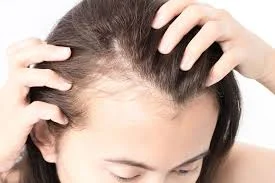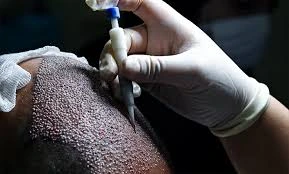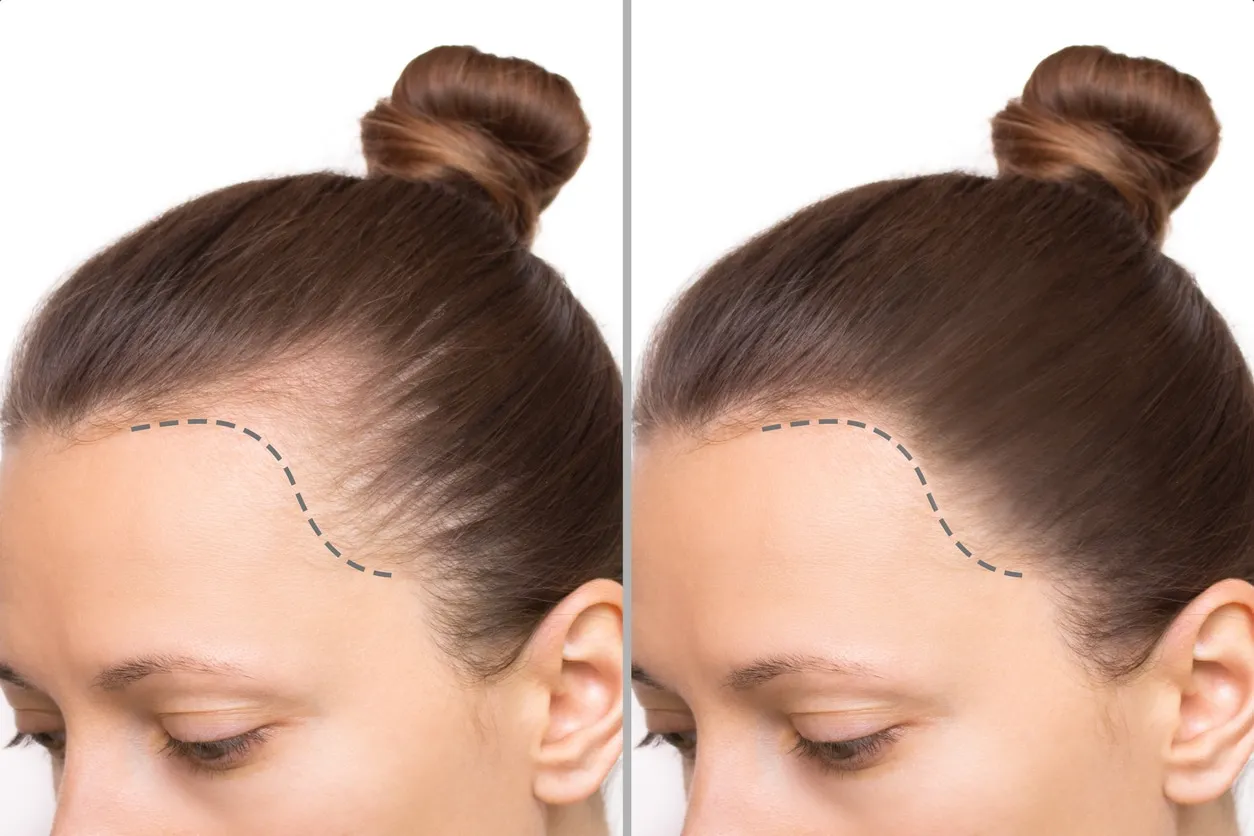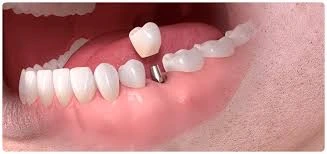Hair loss can be distressing and worrisome. Luckily, there are proven medical solutions, one of which is hair transplantation.
What do you know about hair transplant for women? In today’s article from Prof Clinic, we’ll dive deeper, covering everything from the causes of your hair loss, the most prominent types and techniques of hair transplantation, and their costs, to the best clinic you can turn to for treatment. Let’s get started.
What Are Hair Implants for Women?
Female hair transplant is a cosmetic surgical procedure that involves redistributing healthy hair follicles from high-density areas of your scalp to areas experiencing thinning or baldness. The goal is to restore your hair’s natural density and redefine the frontal hairline in a way that complements your facial features.
Why Get a Female Hair Transplant?
Recover hair density
If you’re experiencing general hair thinning or noticeable bald patches, hair restoration offers an effective solution to restore your hair’s lost density. The transplanted follicles grow naturally and permanently, giving you fuller hair that conceals gaps affecting your appearance.
Regain self-confidence & enhance feminine appeal
Thick hair is an integral part of a woman’s identity and beauty, and losing it can undoubtedly impact her sense of self and femininity. Hair transplantation provides a genuine opportunity to reclaim this vital aspect, restoring your confidence and revitalizing your appearance.
Apply Permanent and Effective Solution for Hair Loss
Unlike many temporary treatments or those requiring ongoing commitment, hair transplantation delivers a permanent solution to your hair loss concerns. Follicles transplanted from areas resistant to shedding continue to grow naturally for a lifetime, ending your struggles and providing peace of mind.
Hide Scars or Burn Marks on the Scalp
Scars or burns that have caused hair loss in affected areas can be addressed through hair transplantation. This effective method involves implanting follicles directly into damaged tissue, allowing hair to regrow, cover these marks, and restore a uniform appearance to your scalp.
Common types of hair implants for women
Several techniques are available, each with its advantages, but all share the common goal of transferring healthy hair follicles to the areas of your scalp that need them. Prof Clinic introduces you to the most prominent of these techniques:
Follicular Unit Extraction (FUE)
This is the most popular and preferred technique, where the surgeon individually extracts hair follicles directly from the donor area at the back or sides of your scalp using a precise tool. This method is notable for leaving no large linear scar, allowing for quick recovery and the freedom to choose short hairstyles without concern.
Follicular Unit Transplantation (FUT)
In this technique, a thin strip of scalp is removed from the donor area and then divided under a microscope into small follicular units. Although it may leave a subtle linear scar, it enables the collection of a large number of follicles in a single session, making it an excellent option for cases requiring extensive hair transplantation.
Direct Hair Implantation (DHI)
An advanced variation of FUE, this technique uses a specialized tool (Choi pen) to simultaneously open channels and implant follicles. This allows for greater control over the angle, depth, and direction of the transplanted hair’s growth, delivering highly natural results. It also minimizes the time follicles spend outside the body, enhancing their survival rate.
Now that you’re familiar with the leading hair transplant techniques for women’s hair loss, it might be time to take your next step. Contact Prof Clinic today to schedule your initial consultation. We can accurately assess your condition and discuss the best option to restore your hair’s density and beauty.
Also read: What is a Hair Transplant? Hairline Transplant (Comprehensive Guide)

What Causes Hair Loss in Women?
Hair loss in women, often referred to as female pattern hair loss (FPHL), occurs due to multiple interconnected factors that disrupt your hair’s natural growth cycle. What are these factors?
Hormonal Changes
Fluctuations in hormones due to pregnancy, childbirth, menopause, or discontinuing birth control pills can lead to an imbalance in androgen levels. This weakens your hair follicles, causing them to enter the shedding phase prematurely.
Underlying Health Issues
Certain medical conditions can manifest as hair loss. Thyroid disorders, polycystic ovary syndrome (PCOS), or anemia caused by iron deficiency can directly affect your hair follicles, hindering healthy growth.
Physical and Emotional Stress
When your body undergoes significant stress—whether from a severe illness, major surgery, or chronic emotional strain—these conditions can abruptly push a number of hair follicles into the resting (telogen) phase, resulting in hair shedding.
Nutritional Deficiencies
Your hair requires essential vitamins and minerals to grow strong and healthy. Severe deficiencies in nutrients like iron, zinc, biotin, or B vitamins negatively impact the production of hair cells, making your hair weaker and more prone to shedding and breakage.
Genetic Factors
Hair loss may be inherited from your family. If close relatives (such as your mother, grandmother, or aunt) experience hair thinning or hereditary baldness, you’re likely at risk for the same condition, which often appears as general thinning across the scalp or a widening of the hair parting.

How Is Female Hair Loss Different To Male Hair Loss?
Although hair loss affects both genders, its presentation, causes, and psychological impact differ significantly between men and women. What are these differences?
Pattern of Hair Loss
The pattern of hair loss is noticeably different between you and men. You’re likely to experience general thinning across your scalp, particularly a widening of the hair parting, whereas men typically develop baldness in specific areas, such as the crown or frontal hairline, with a receding hairline.
Hormonal Causes
While testosterone and its derivatives play a primary role in male pattern baldness, your hair loss is often driven by more complex and interwoven factors. Hormonal changes, medical conditions, nutritional deficiencies, and genetic factors interact in varied ways, contributing to your specific pattern of hair loss.
Psychological and Social Impact
Hair loss can have a deeper psychological impact on you compared to men, as it is a fundamental part of your appearance and feminine identity. While thinning hair in men is often seen as common or normal, experiencing hair loss as a woman can more significantly affect your self-confidence and self-image.
Also read: What is a Hair Transplant? Hairline Transplant (Comprehensive Guide)

Female Hair Transplant Cost
Keep in mind that the women’s hair transplant cost varies and is not fixed, depending on several factors such as your specific condition, the number of follicles needed, the chosen technique, and any additional services you may want.
At Prof Clinic, we offer competitive pricing, recognized among hair transplant clinics and centers in Turkey, with a strong focus on quality, precision, and professionalism.
- Recommended Complementary Treatments (e.g., PRP or Laser): Ranging from €100 to €500 per treatment.
- Hair Transplantation with DHI or FUE Technique: Minimum €2,500 (base price), maximum €2,700.
- Hair Transplant Package Including Accommodation: Minimum €2,800 (base price), maximum €3,000.
- Packages with Stem Cell Therapy (Exosomes or Fibroblasts): Minimum €3,500 (base price), maximum €3,800 (listed price).
- Packages with Stem Cell Therapy (Liposuction): Minimum €5,000 (base price), maximum €5,500 (listed price).
Don’t hesitate to contact the Prof Clinic team today for a free personalized consultation and an accurate cost estimate tailored to your specific needs.
Prof Clinic for the Best Hair Implants for Women in Turkey
When seeking a definitive solution for your hair loss, choosing the right clinic is your first step toward achieving the results you desire. At Prof Clinic, we fully understand the unique needs of women and offer an exceptional hair transplant experience in Turkey.
- Specialized Expertise in hair restoration for women: We take pride in our medical team’s extensive experience in addressing the specific challenges of hair loss faced by women.
- Advanced Hair Transplant Techniques: We utilize the latest global techniques, such as FUE and DHI, to ensure the highest standards of precision and safety during the procedure, while minimizing recovery time.
- Natural Results and Enhanced Aesthetic Appeal: Our goal is not only to restore your hair’s density but also to achieve a natural look that harmonizes with your facial features, enhancing your beauty and self-confidence.
- Comprehensive Care Before and After the Procedure: We are committed to providing full support at every stage, from the initial consultation and precise assessment to the procedure itself and ongoing follow-up care.
Don’t let hair loss affect your beauty and confidence any longer. Book your free consultation with Prof Clinic now, and let our experts provide you with the ideal solution to restore your hair’s density and vibrant appearance.
FAQs about Hair Transplant for Women
Do hair implants work for women?
Yes, hair transplantation is highly successful for women who are carefully selected, particularly those with a good donor area and follicles resistant to shedding. The success rate depends on accurate diagnosis of the condition, the type of hair loss, and the expertise of the medical team.
What Are the Results of Hair Transplantation for Women?
The results of female hair transplantation are natural and permanent, with the transplanted hair growing seamlessly as part of your original hair. You’ll notice a significant increase in density and coverage of thinning areas.
How much does a female hair transplant cost?
How long do hair transplants last for females?
The results of hair transplantation for women are generally permanent, as the transplanted follicles are sourced from areas genetically resistant to hair loss. However, maintaining a proper hair care routine is important, and you may need supportive treatments to preserve the health of your existing hair.
What type of hair transplant is best for women?
There’s no single best type for everyone; the optimal choice depends on your condition, hair loss pattern, and the quality of your donor area. FUE and DHI techniques are the most common and effective, with the best option determined after consulting a specialist.
Will Women Have to Shave Entire Heads for a Hair Transplant?
In most cases, hair transplantation requires partial or full shaving of the donor area to ensure precision during extraction and implantation. However, modern techniques like “unshaven FUE” allow transplantation without fully shaving the head, though this may not be suitable for all cases.
What is the success rate of female hair transplant?
The success rate of hair transplantation for women is very high, exceeding 90% in specialized, experienced clinics. Success depends on factors such as the quality of the transplanted follicles, the surgeon’s expertise, and post-procedure care.




